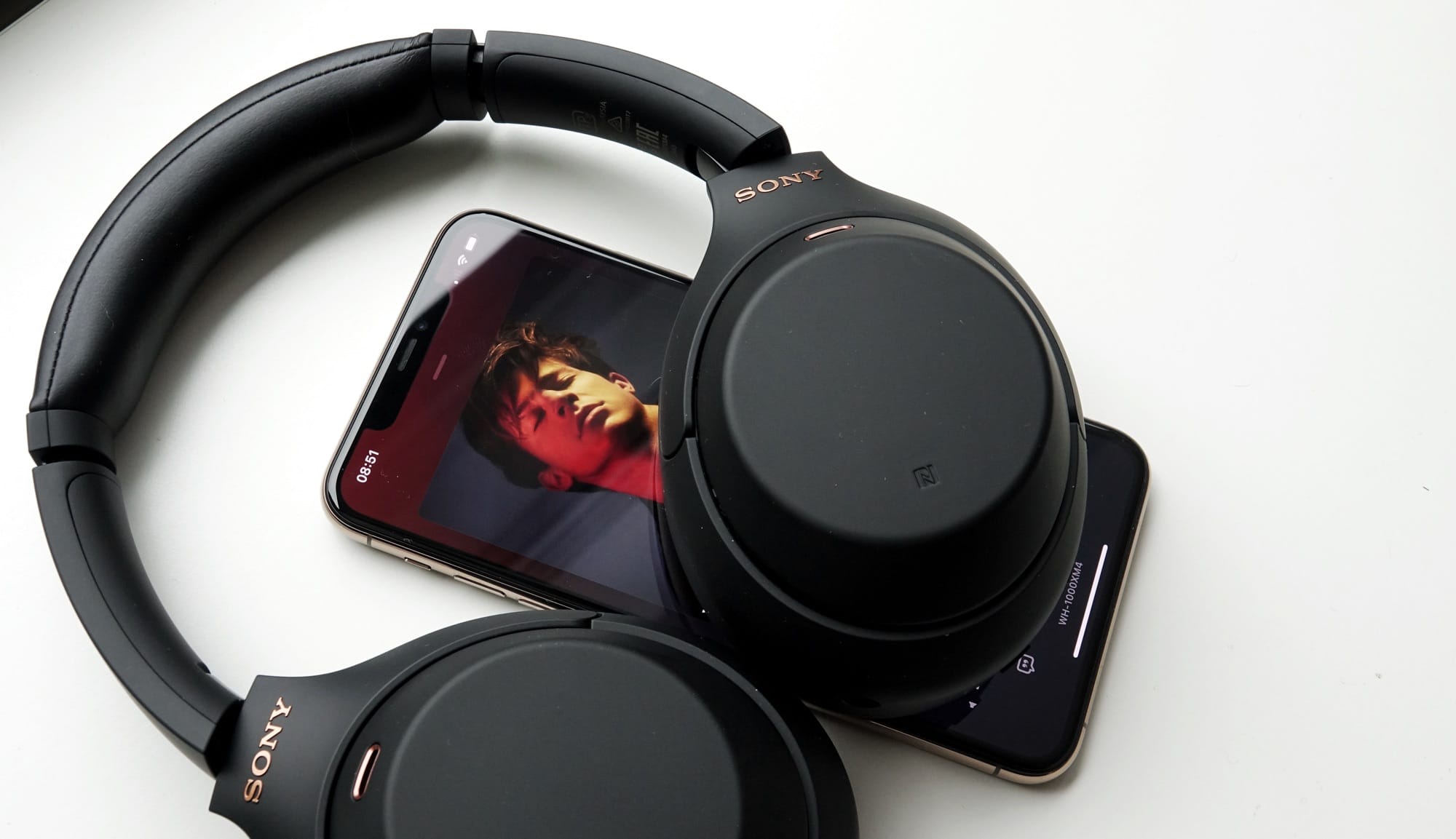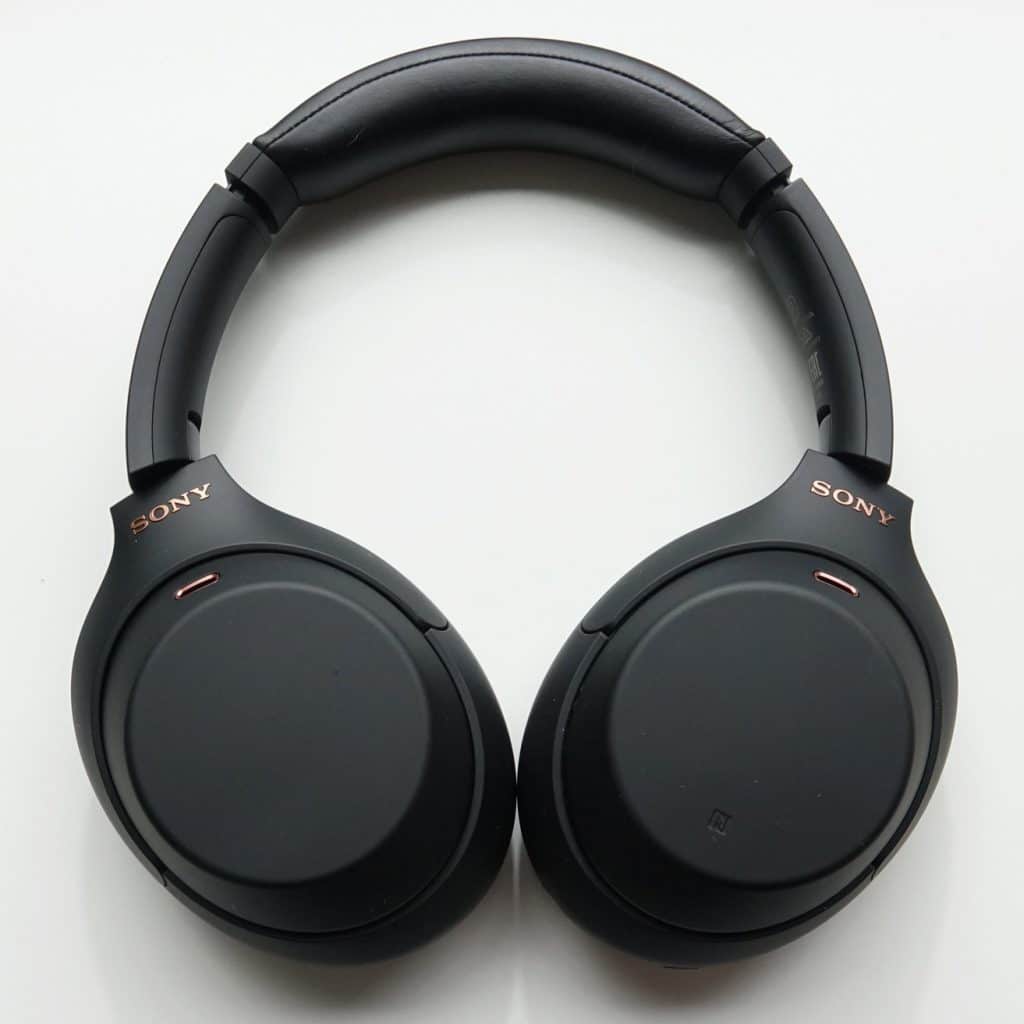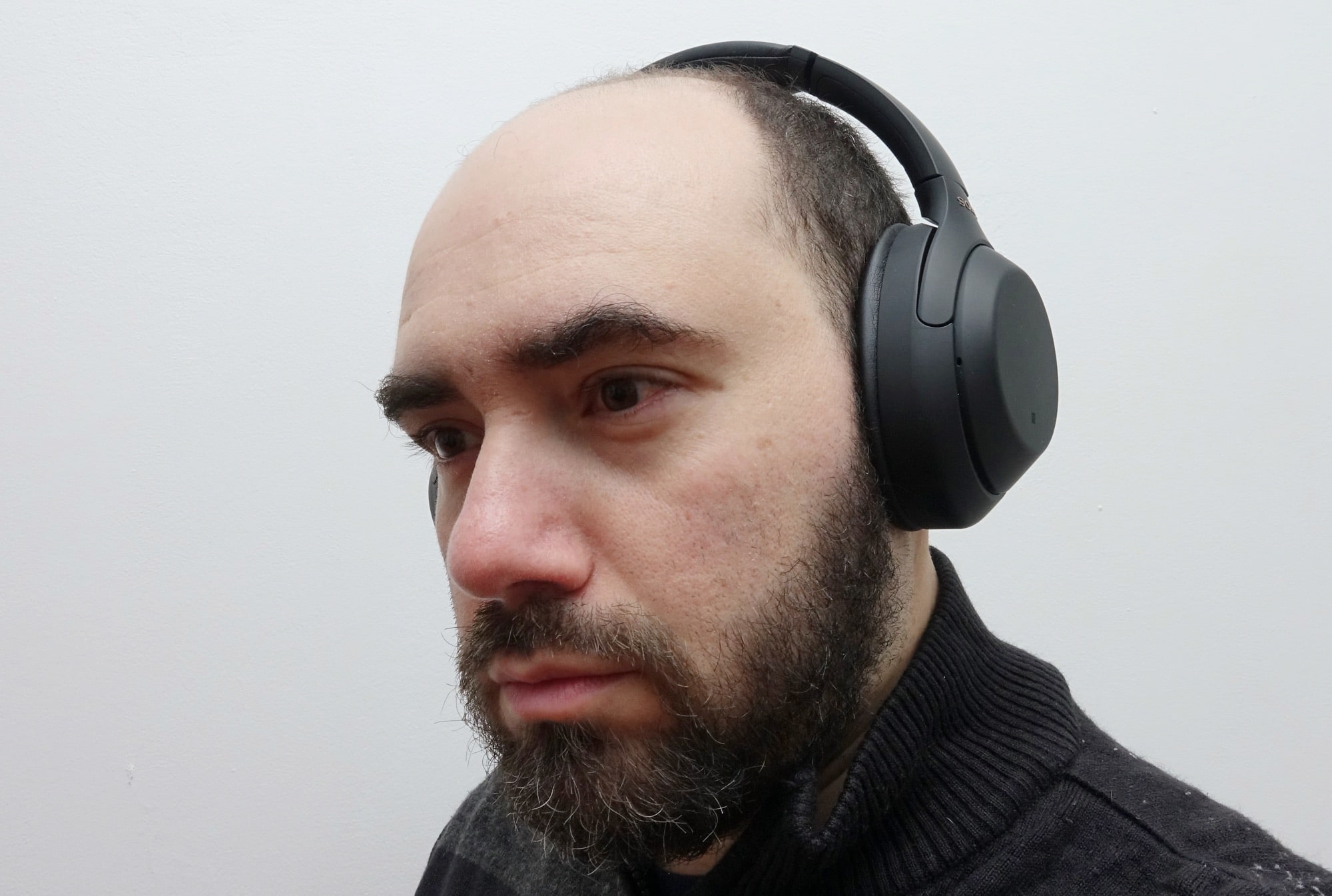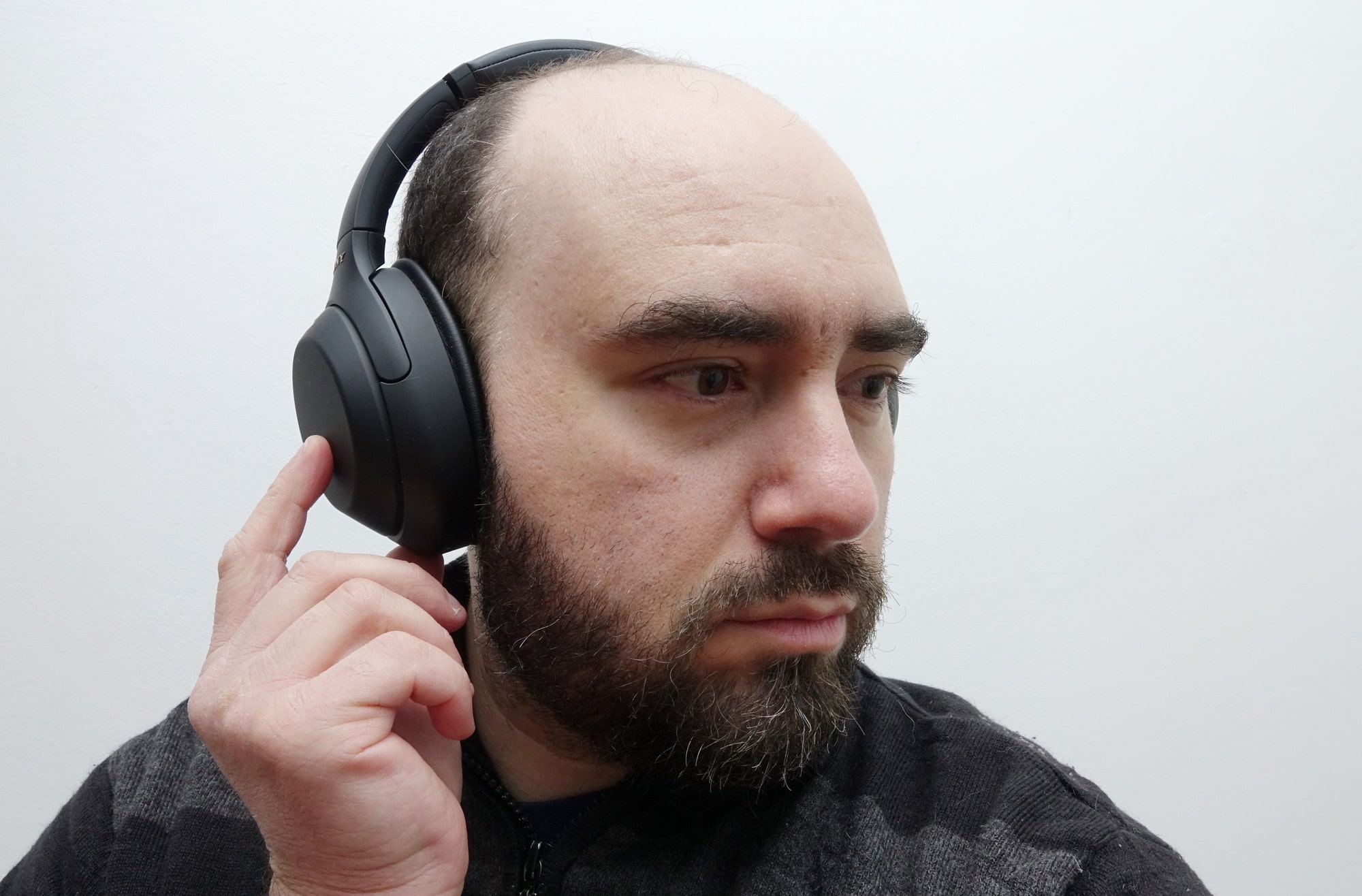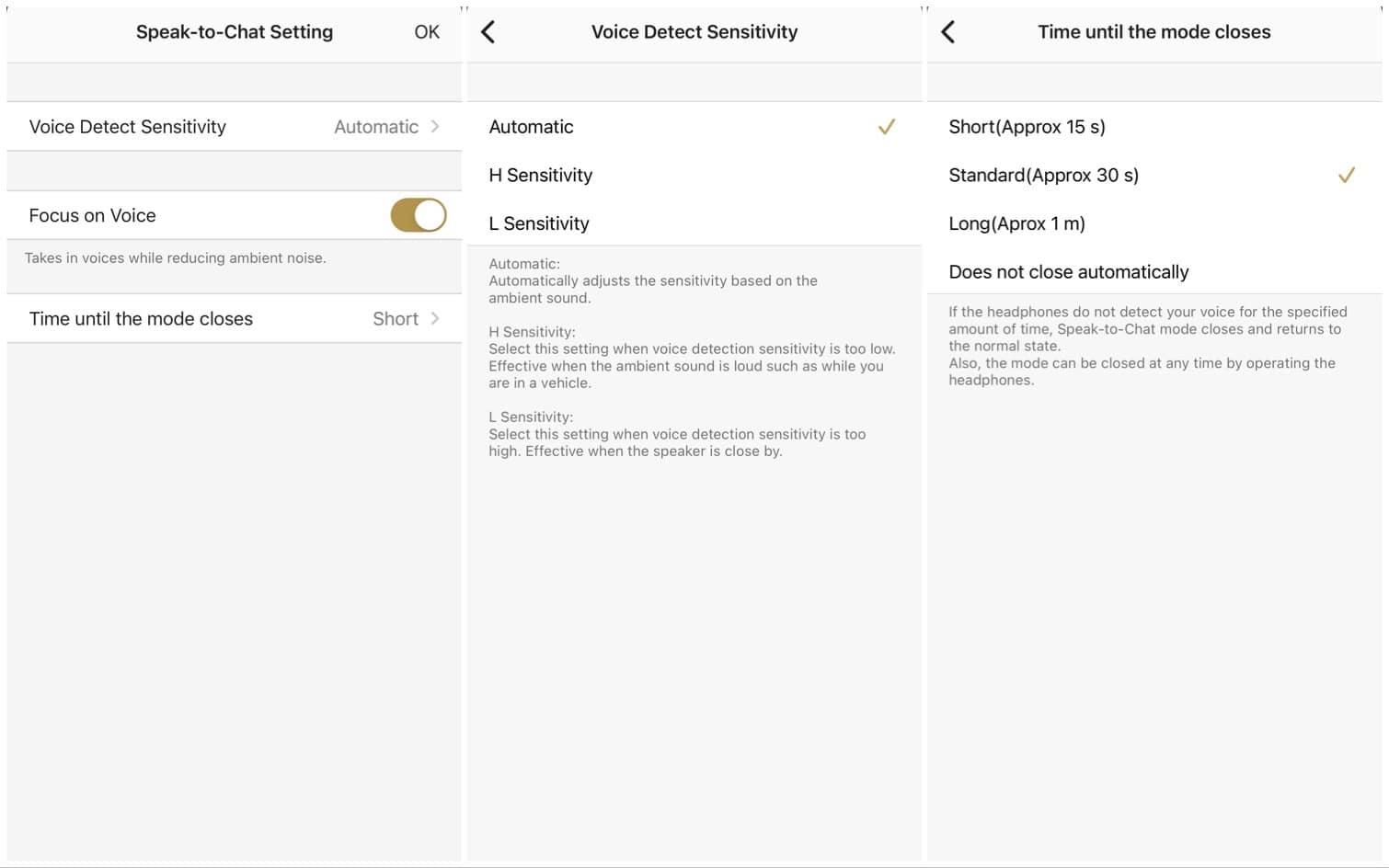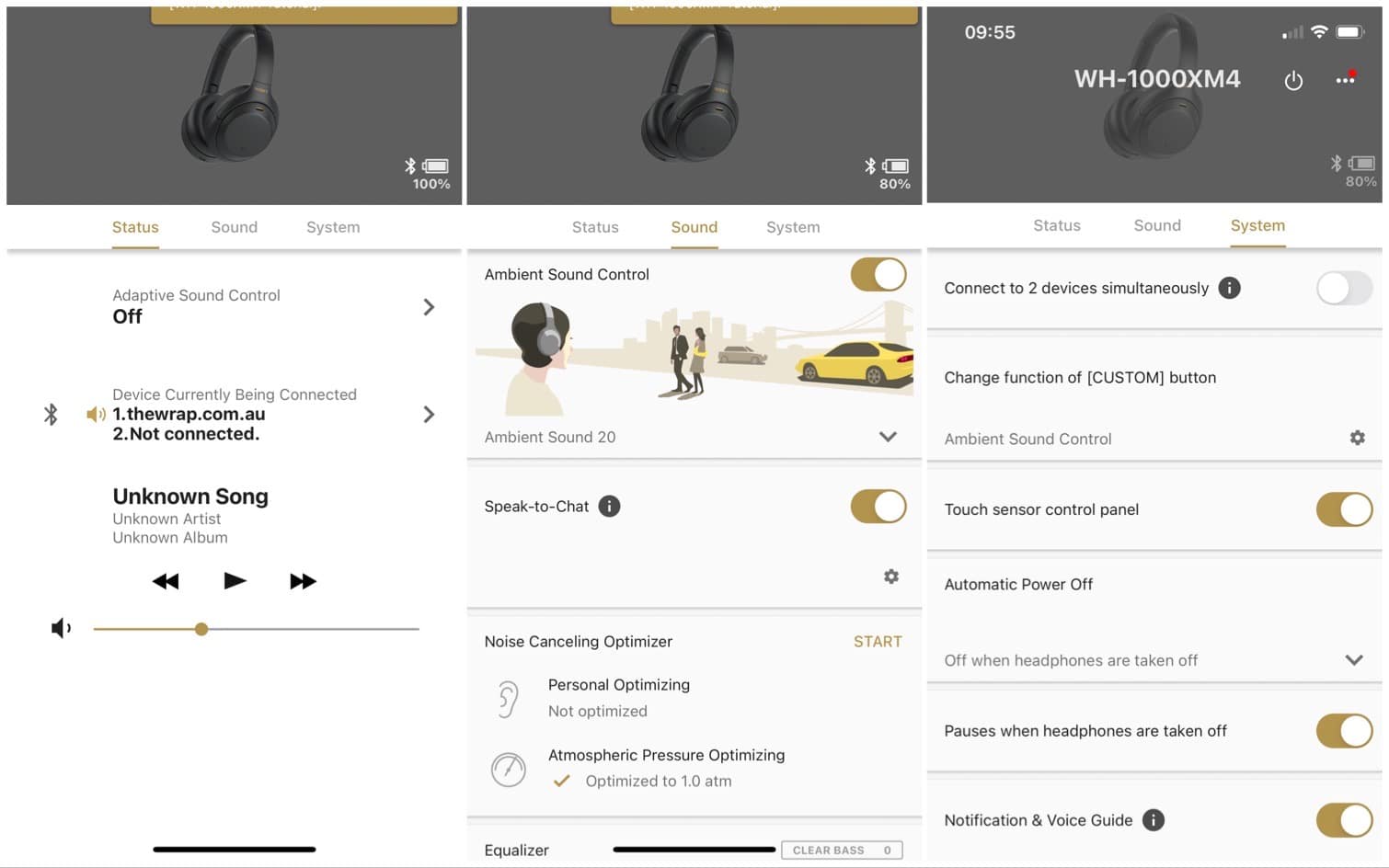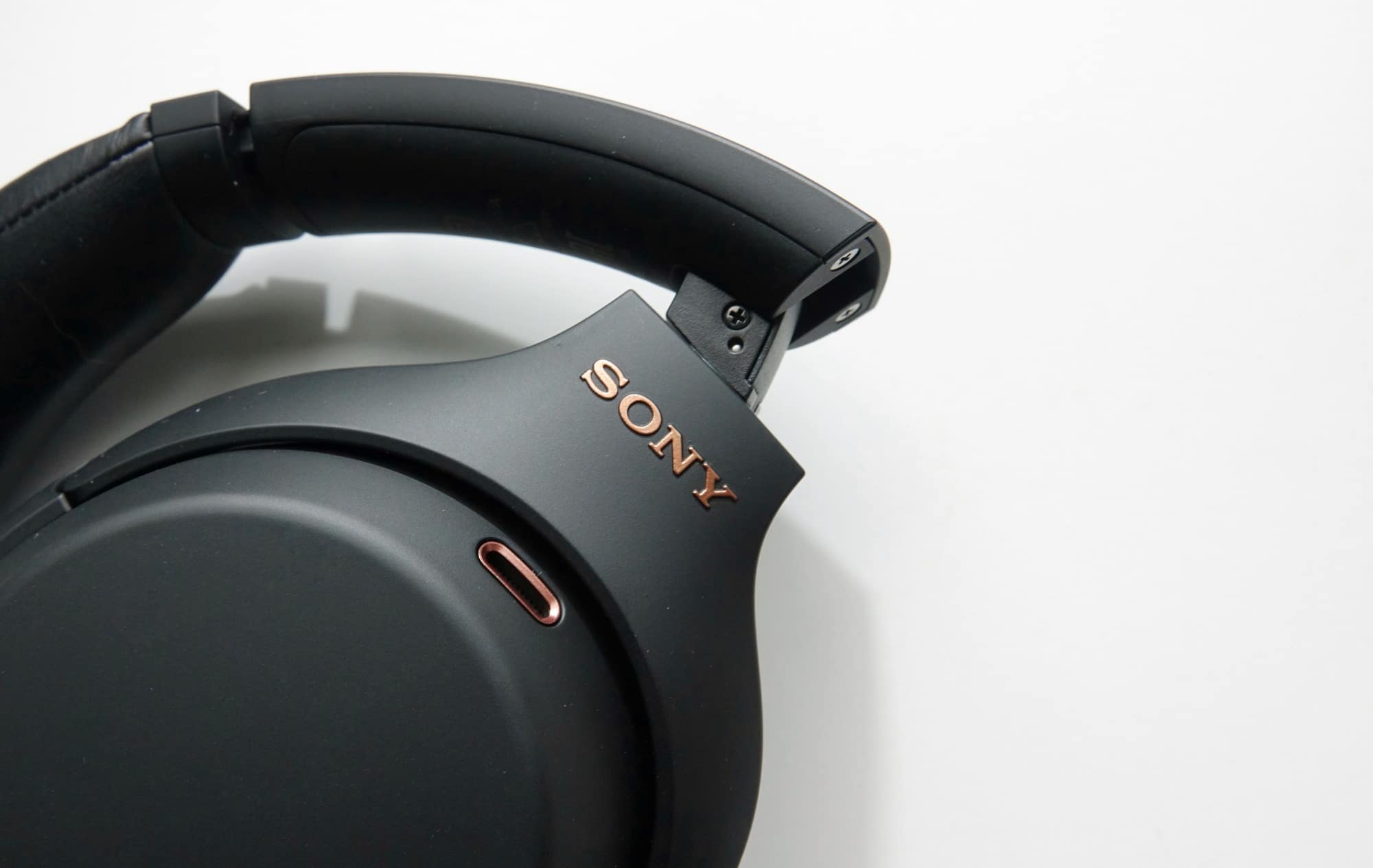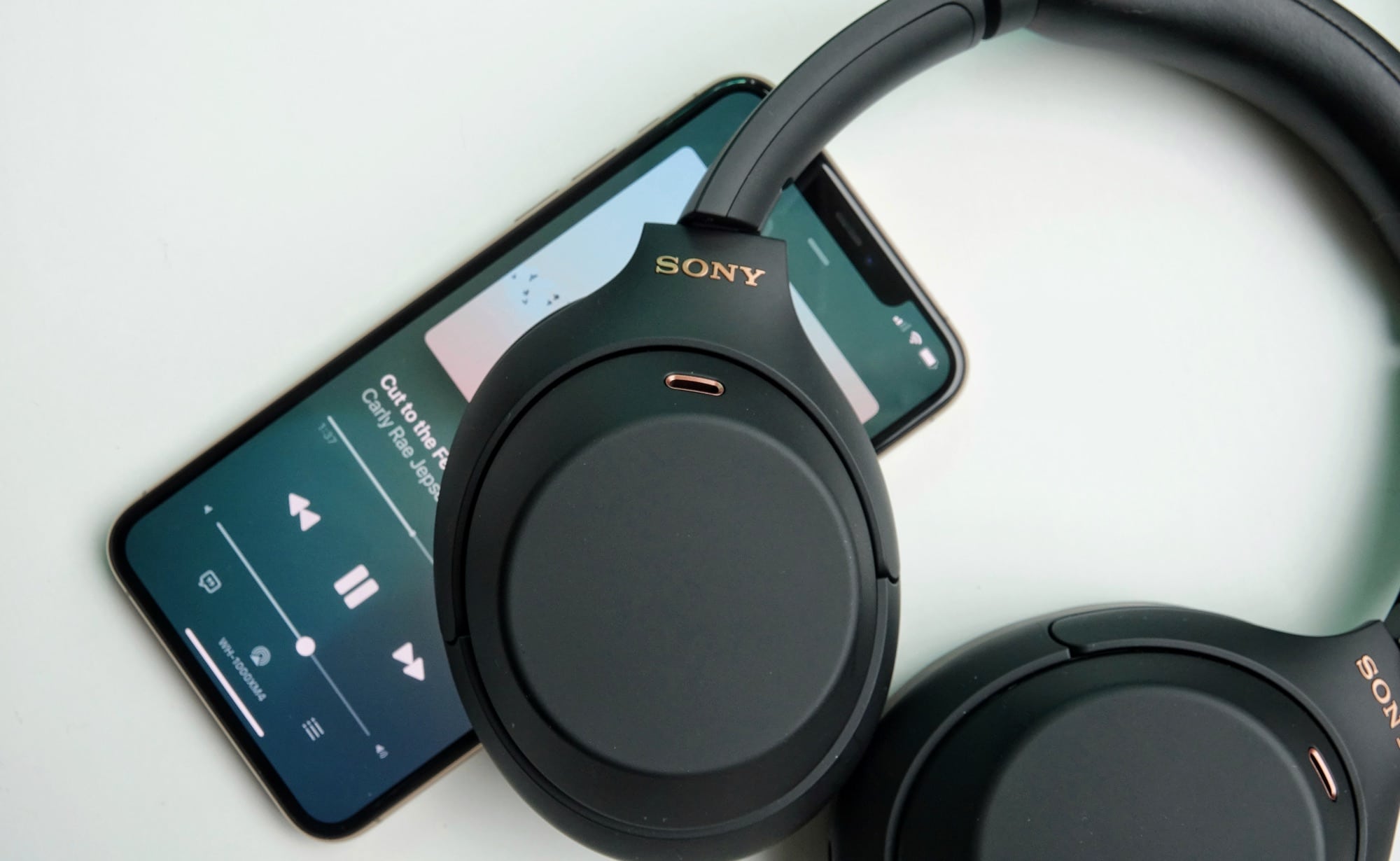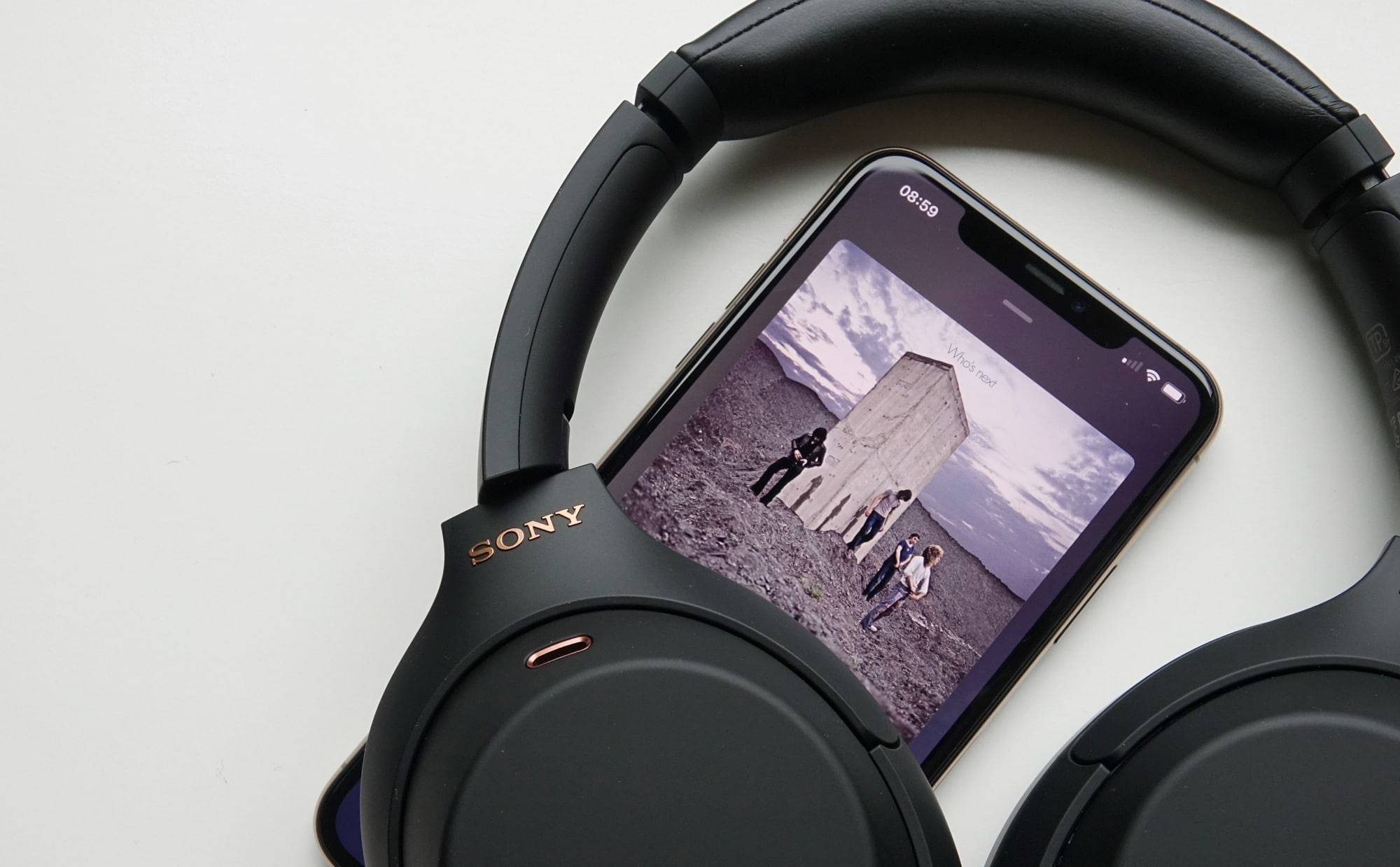Quick review
The good
The not-so-good
The best headphones have gotten one step better again, as the Sony WH-1000XM4 headphones arrive with a little bit more to keep them the best of the bunch.
Even though new devices appear every year, some devices are just hard to beat. Plenty of new phones yearly means you don’t have to look hard to find a new phone that’s likely better than another model quickly. The same goes for computers, which typically see better models each year. TVs even follow the same pattern, with the newest television next year often being better than the previous generations.
It doesn’t work the same for every category, though. Headphones may come out each year, but it doesn’t mean a newer headphone is necessarily better than an older one. Just last year, our 2019 best headphone went to a 2018 model, Sony’s WH-1000XM3, a pair of headphones that is now roughly two years old.
Two years is a reasonable stretch of time for a pair of headphones, and so while Sony felt like it was running a little late with getting a new model out, that time has finally here. At last, Sony has a new pair of headphones, arriving in the Sony WH-1000XM4.
Yes, it’s a new pair of headphones, but is it a big change, or just more of the same? And if they are more of the same, does that matter if the previous generation was so good?
Design and features
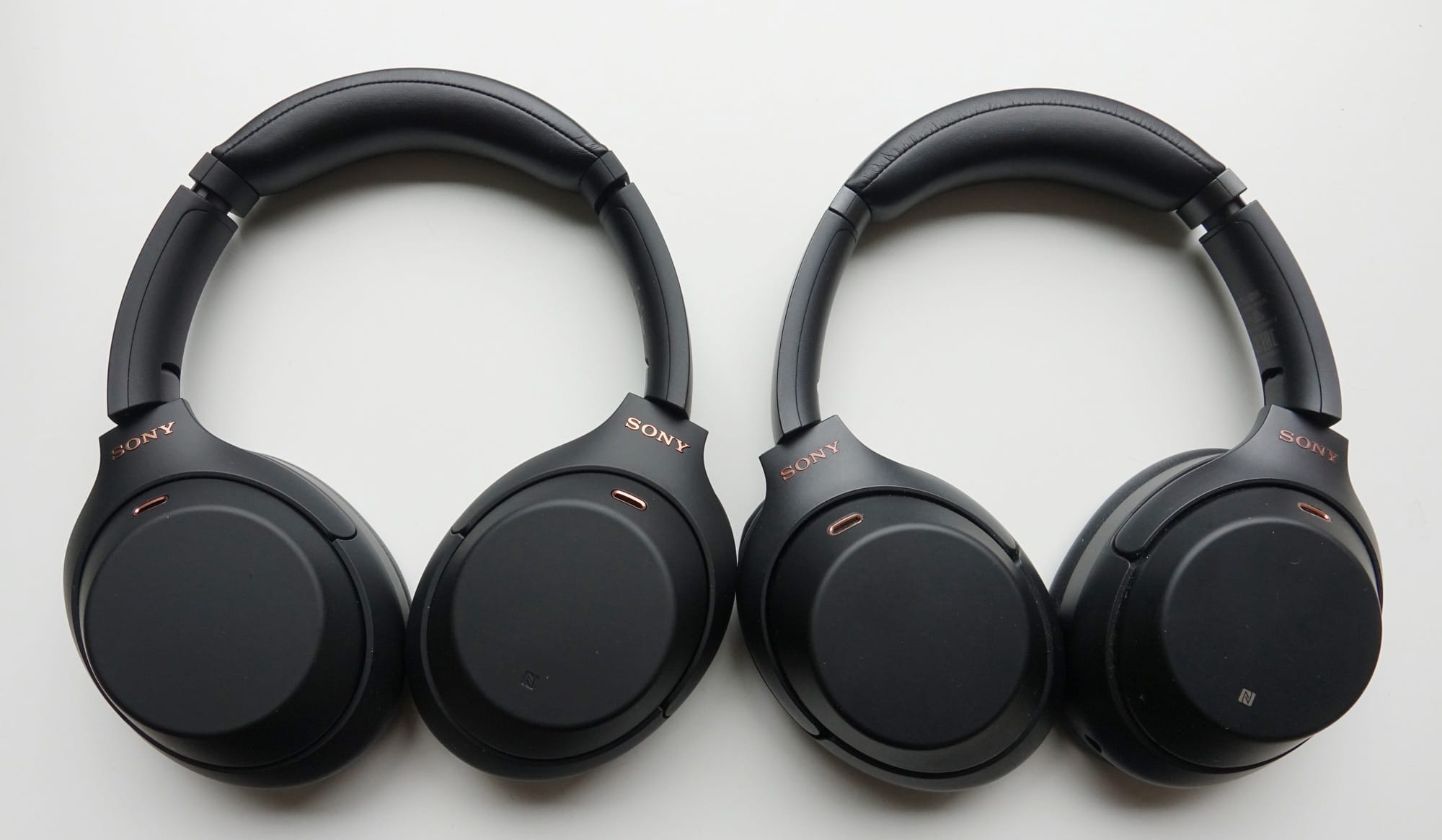
It’s a new generation of Sony’s headphones, but if you’ve seen the previous model, you’d swear they were close. While the 1000XM4 feature a marginally different name than the 1000XM3 from 2018, the look is so close, you have to study them to find the differences.
In the back with rose gold variant we reviewed, the black look is marginally more matte, while the accents on the headband seem a touch more muted, too. The NFC logo on the right pad isn’t painted on the way it was before, with Sony opting for a more embossed look in the 2020 XM4, and there’s even a change on the inside.
Under the casing, Sony is using 40mm drivers with its QN1 noise cancellation chip and a new Bluetooth System on a Chip (SoC) to process the information more quickly. Support for Sony’s digital signal enhancing technology DSEE Extreme is also here, a feature for upscaling sound and that you can turn on or off, with LDAC high-res compression technology supported here, too.
That sits on the inside under the hood, but there’s also the inside of the headphones that you can see. The pads of the XM4 appear marginally wider, though you may not realise it. The look is close, so close that it just appears the same.
On the left-most side, you’ll find a sensor, something that will be used to determine when you take the headphones on and off, pausing and playing the music based on that action.
You have to look for it, though, because without that eagle-eye, the Sony WH-1000XM4 look just like their predecessor.
The similarities don’t stop there, with the buttons and controls very, very close, too.
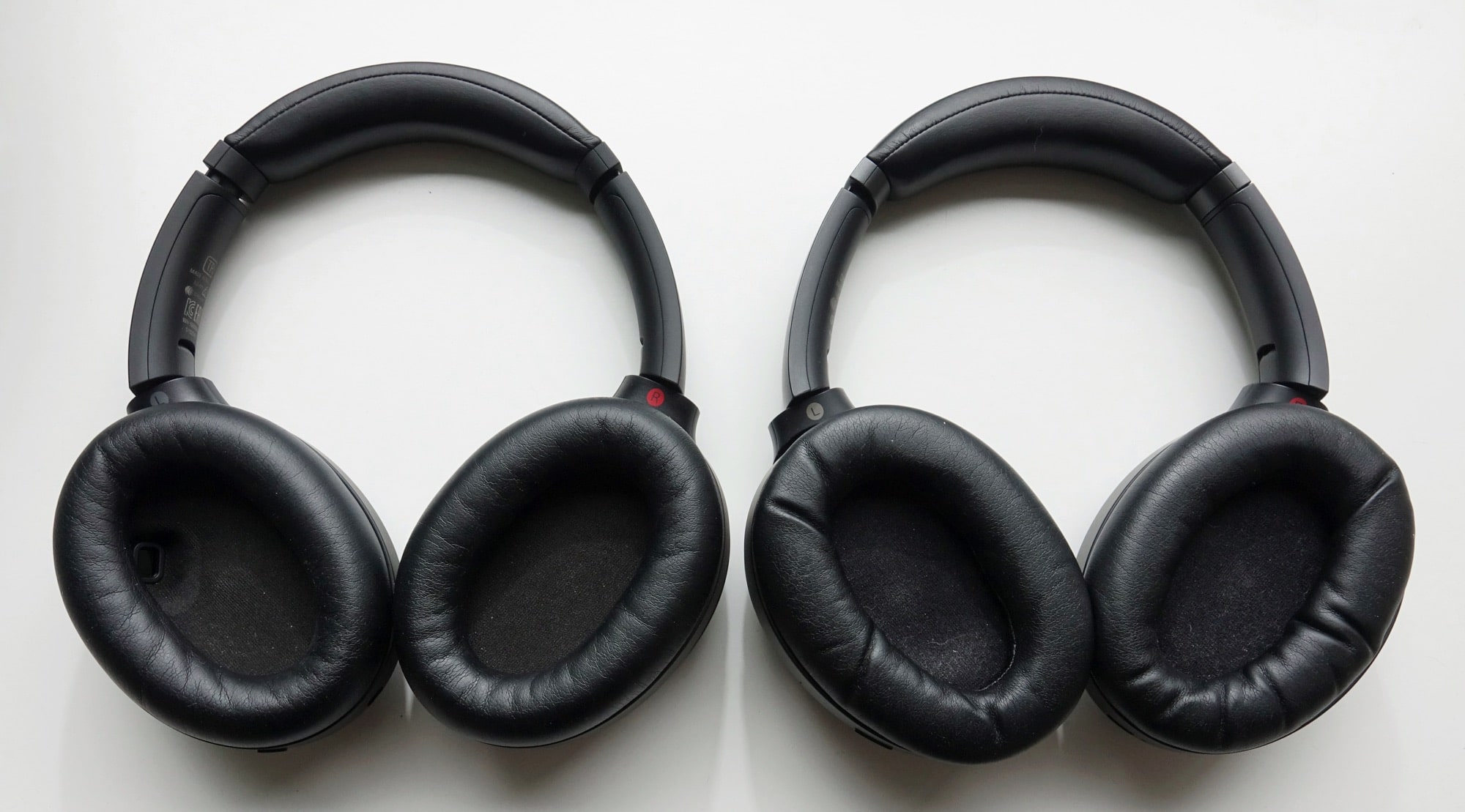
In-use
Much like the previous generations, Sony has left the touchpad on the right ear-pad in place, supporting volume swipes up and down, track changes forward and backward, and double taps to pause and play.
There’s now a “custom” button replacing the ambient noise cancellation button from before in the XM3, which can be mapped to either the noise cancellation or one of the virtual assistants, Google’s or Amazon’s. The power button is the only other button, and it can be used to throw the headphones into pairing mode (just like in previous generations) by holding the power button on for an extra second or two once you turn them on.
All up, the headphones are easy to use with virtually no learning curve, and there’s also an app thrown in for good measure. The “Headphones” app is a little more fully featured in the WH-1000XM4, giving three tabs of features to sort through, with the ability to turn most of these on or off, and even music control.
Performance
Of course, music control is probably the area that matters most with headphones, and Sony’s WH-1000XM4 headphones are built on a legacy of success in that department from Sony’s other noise cancelling cans, the MDR-1000X in 2016, the WH-1000XM2 in 2017, and the WH-1000XM3 in 2018, each one an absolute winner.
Already, there’s a pretty solid starting point for the WH-1000XM4, so we’re expecting more of the same. Will they deliver?
As usual, we’re testing with Pickr’s Sound Test, which you can try for yourself on various music services, and that starts with electronic, with the headphones delivering a warm tonality with a solid punch to the bass. The bottom end is definitely there, though the sound profile is led by the mids, with both Tycho and Daft Punk lighting up with detail.
The pop sound of Carly Rae Jepsen leading into the R&B of Ariana Grande and Charlie Puth delivers strong vibrancy, as does the rock from Muse, Deftones, and The Who. The sound is clear and warm, like a pair of lovely speakers you’ve been sitting beside, except they’re attached to the side of your head.
One of the best things about reviewing headphones is knowing you’ll be re-listening to some of your favourite tracks again and again, and the Sony WH-1000XM4 deliver that experience beautifully, reliving the sounds you love with warmth, just like a pair of great headphones. That’s probably because these are a great pair of headphones, the likes of which you probably won’t want to take off.
It’s the same sensation in jazz and classical, with a rich roundness to the sound of a bass, a depth to the instruments, and a comfortable sound stage that really delivers.
And it’s one that delivers while cancelling out the background, handling consistent noise such as cars and traffic, but also doing a little better with people and other noises, too.
Noise cancellation
Noise cancellation was already one of the leading points in the previous model, and there are sight improvements to this variant. While the QN1 chip is the same, Sony says its new System on a Chip can process information and help adjust the sound over 700 times per second.
That’s helping to deliver improvements to the cancellation profile, dealing with background noise from people and other sounds a little bigger, but not hugely.
The other new features of the Sony WH-1000XM4
The fourth model in Sony’s flagship headphone range isn’t just a yearly refresh with improvements to noise cancellation, but includes a few other features, too.
There’s support for a “Speak to Chat” technology that you can turn on and off in the app. Turn it on, and the headphones will pause the music when you start speaking, basically giving you an ambient mode to work with so you can talk to people through the headphones.
It’s a less than ideal feature if you love singing to yourself, but you can turn it off in the app if you don’t like it. We sure did.
Sony has also supported registered locations for noise cancellation profiles, allowing you to define different cancellation settings based on where you go. You call this a form of Adaptive Sound — Sony sure has — but it’s not quite Adaptive Noise Cancellation. Rather, it means if you like an ambient mode at a regular coffee shop, you can define that location in the app and set the setting. And if you’re at home and you want it to be closed and full cancellation, you can set that there.
We’re not sure the registered locations will be used by all, but it’s definitely an interesting approach to supporting numerous cancellation modes.
The sensor found on the inside of the left cup also can pause and play what you’re hearing in the headphones automatically, and this seems to work very well.
Like in the past model, there’s support for Sony’s 360 degree audio concept, aptly named “360 Reality Audio”, which masters the sound so that it can be heard similarly to binaural sound. It’s like being inside of it, with a level more dimensionality for your headphones, though it does require a service that supports it, with Tidal being the main one. Sorry, but neither Spotify nor Apple Music will talk to 360 Reality Audio yet.
Plus there’s also support for Bluetooth Multipoint, a technology that Sony has been a little slow on the uptake for, but finally has included. To make it work, you’ll need to trigger it in the app and then pair two devices. LDAC doesn’t seem to work with the WH-1000XM4 in Multipoint, but you can at least pair two devices to the headphones at once, essentially giving you a choice:
- High-res audio supporting LDAC on one device at time with the WH-1000XM4 headphones, or
- Solid sound without LDAC, yet supporting two devices at the same time with the WH-1000XM4 headphones
Battery
While there are clearly new features in the Sony WH-1000XM4, the battery life isn’t one of them. Granted, there wasn’t a big need to change the battery life on the old one, with as much as 30 hours supported with noise cancellation back on the WH-1000XM3.
Here on the new model, it’s the same 30 hour battery, which is nothing to sneeze at, just the same.
If you need more than the 30 hours, you’ll be able to charge using the Type C port on the headphones, just like you could on the previous generation.
Value
But unlike the previous generation, the new headphones don’t carry the same price. While the WH-1000XM3 hit a recommended retail price of $499, the XM4 sits instead at $549.
Granted, few people pay the full RRP for any product. Typically, if you go shopping at a major department store, you can expect to see that price, but regular electronic and sound outlets tend to get in a little lower. Case in point, the WH-1000XM3 could regularly be found from $300 to $399, lower than its recommended retail price, provided you looked around.
Does this mean the WH-1000XM4 will be found for lower than its suggested retail price of $549? Probably, but even at its RRP, the WH-1000XM4 are still the best sounding wireless noise cancelling headphones we’ve heard. They’re delightfully warm and offer an excellent feature set, even if the changes are small in number.
What needs work?
There’s just so much that’s right about the Sony WH-1000XM4 headphones, so good luck finding things that are wrong with them. There just isn’t much.
The only cons we can find might come back to that price, which is a touch exy, and the removal of the spatial sound, a feature we suspect few actually used, and which you could probably use an app on your phone to do.
Changing the dimensionality of your headphones so they arrive mostly on the left, mostly on the right, or from the front or back isn’t something most would check out, but it was in both the 1000XM2 and 1000XM3. It’s gone in the XM4, though, with Sony telling Pickr that:
“Sony seeks to offer the best possible experience and as such features provided within the companion app can change with new features often being added, while others are sometimes removed or updated.”
That’s one missing feature that might return, but right now, it’s gone. For most people, the loss won’t even be noticed, but if you’re upgrading from either the XM2 or XM3, it’s a minor downgrade in exchange for something like Bluetooth Multipoint.
Final thoughts (TLDR)
With a few features joining what was already an excellent starting point, the Sony WH-1000XM4 are easily Sony’s best headphones, and still the best wireless noise cancelling headphones you’ll find today. These are outstanding and simply the best.
And sure, there’s an argument that the upgrades are small and minor, but they’re also very welcome. Whether you use those features regularly or leave them switched off, the WH-1000XM4 provide some of the best sound you can find today.
The Sony WH-1000XM4 headphones are the new benchmark, and worth the price of admission, hands down. Highly recommended.





